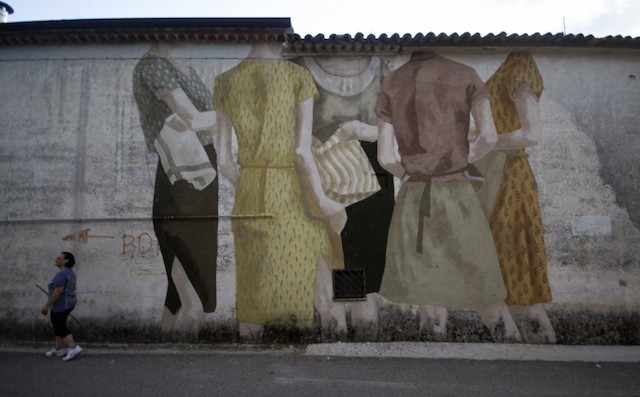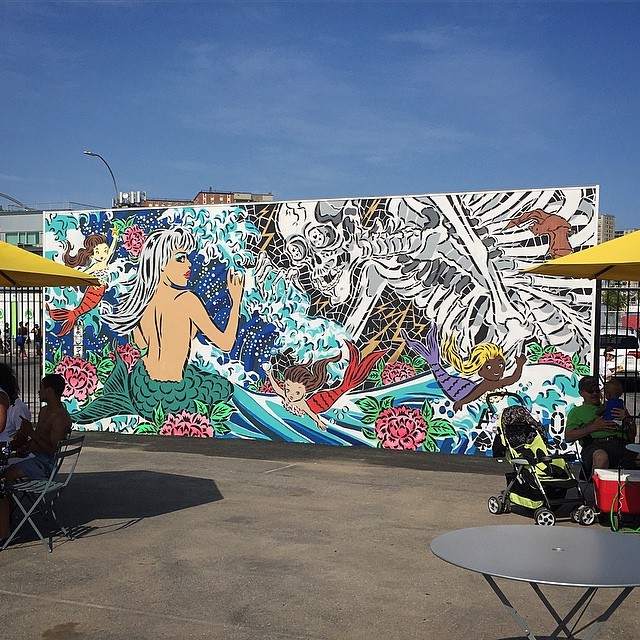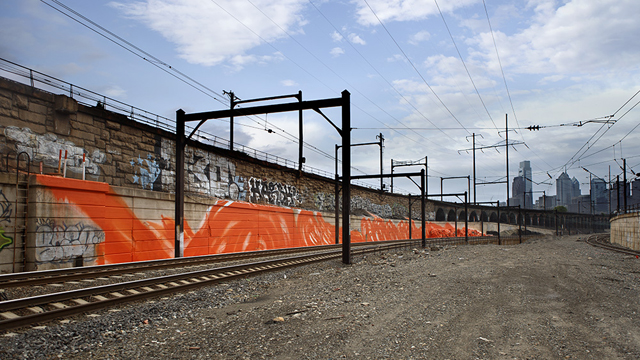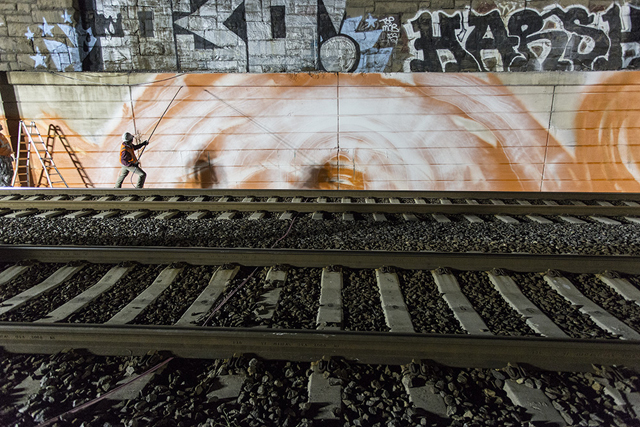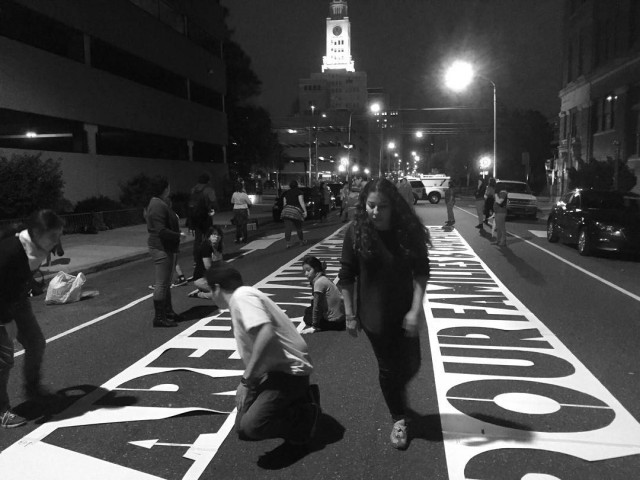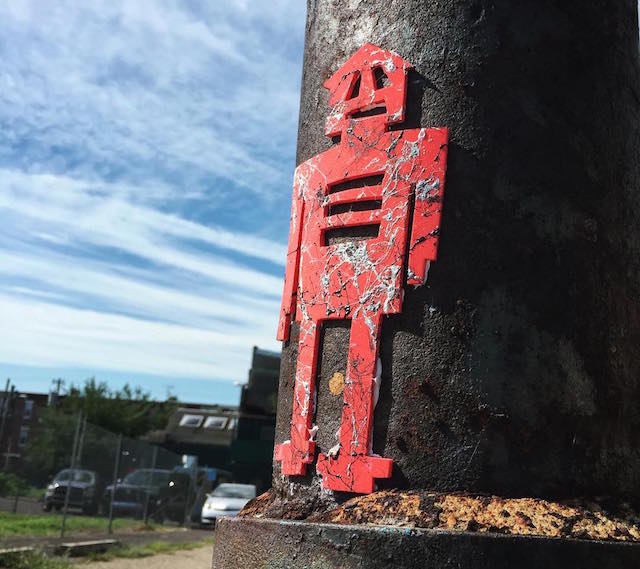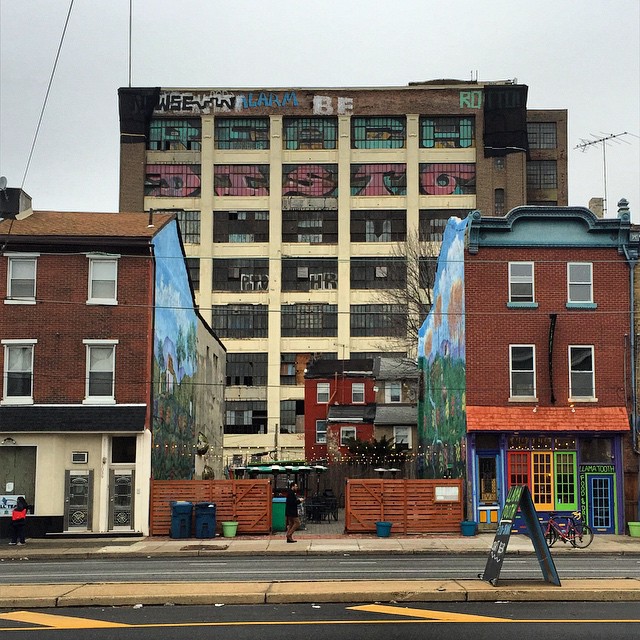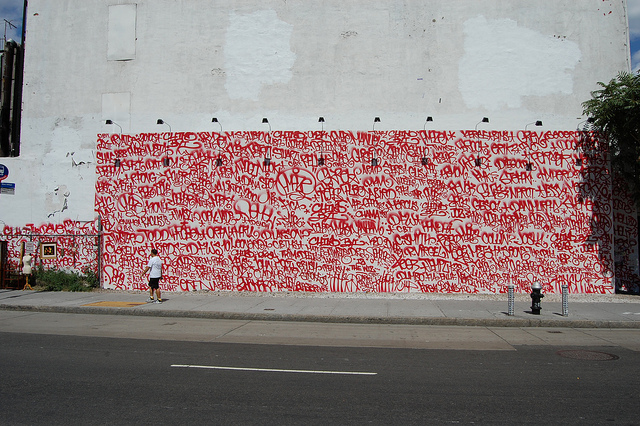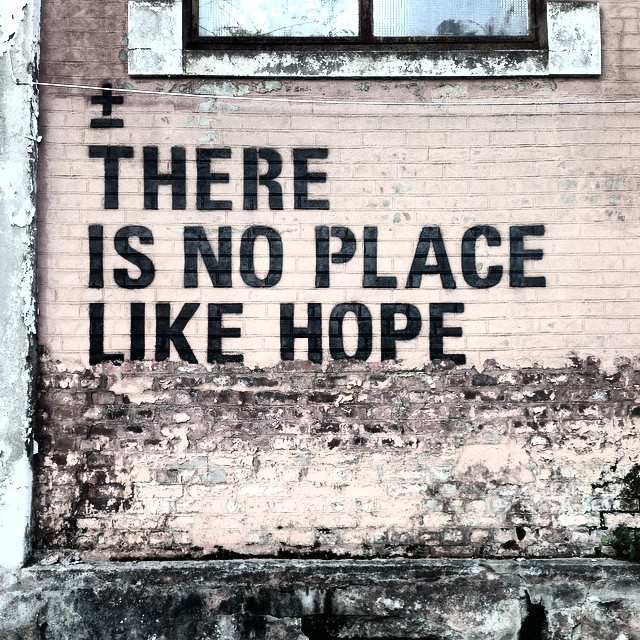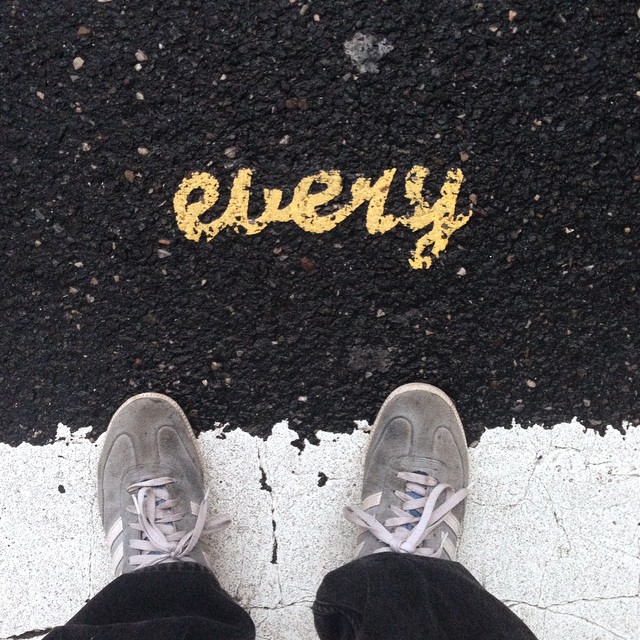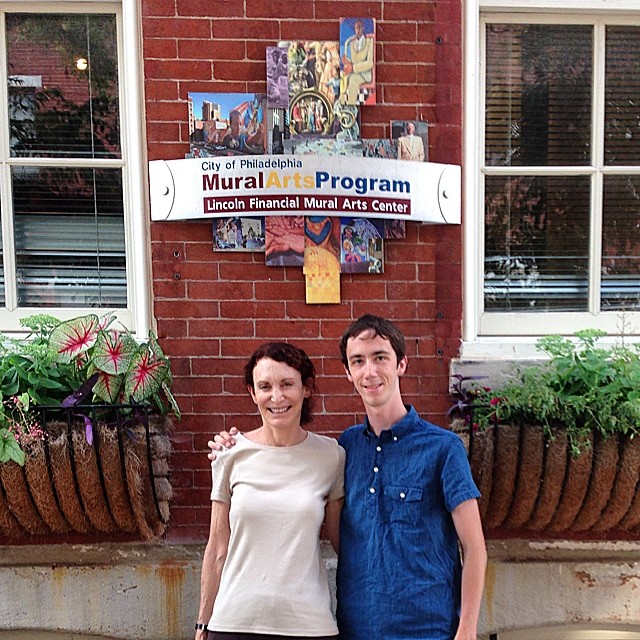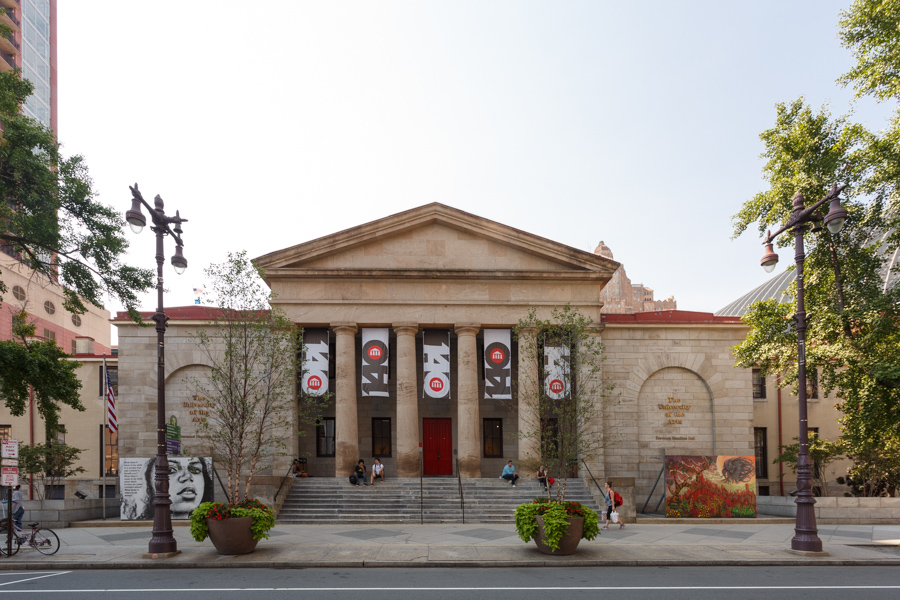
In 2017, I curated the We The People series for Mural Arts Philadelphia, a series of six murals by some of my favorite artists. I probably should have been writing about We The People on here regularly since July, but here’s a very belated update from Philly.
Before we get into We the People, a bit of context. The last year has seen the floodgates open in the USA, with national conversations on crises that have been festering under-reported for years, like sexual harassment and racism. The arts community has added their voices to the mix through projects like the Amplifier Foundation, Not Surprised, and the Whitney’s An Incomplete History of Protest.
This moment demands urgent public art. And muralists have responded. In at least one case, an artist was censored after-the-fact and had to make things work outside of an institutional context. But some mural festivals have embraced a spirit of activism, most notably WALL\THERAPY in Rochester, NY and Living Walls, The City Speaks in Atlanta, GA.
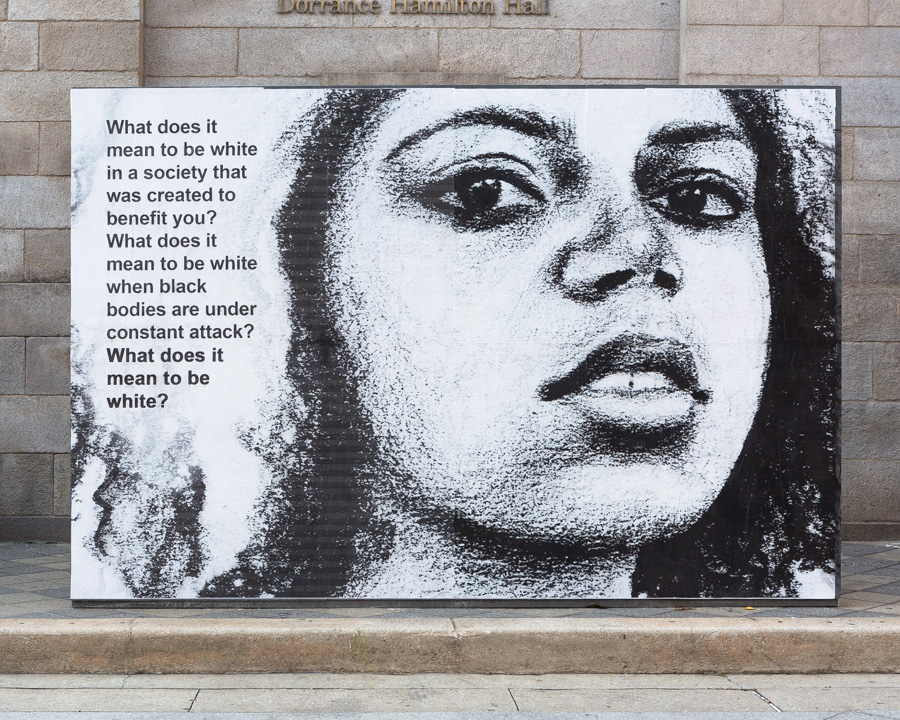
It’s in a similar spirit to all of those projects that we tried a little experiment in Philadelphia with We The People. When Mural Arts invited me to curate a series of walls for them, I figured it had to be of the moment, and with artists that they weren’t already doing a lot of work with. So we invited Molly Crabapple, Chris “Daze” Ellis, Tatyana Fazlalizadeh, Dennis McNett, NTEL, and Jess X. Snow to create work celebrating the best of the American spirit right now, while also reflecting current national concerns. Plus, it was a continuation of Mural Arts’ years-long effort to work with more street artists. There was little community engagement beyond what I and the project manager did while hunting for walls, but I think that by being careful about sites, artists, and content, we brought to life some strong, timely, and site-responsive work.
Continue reading “We The People, Six Murals for Philadelphia”

